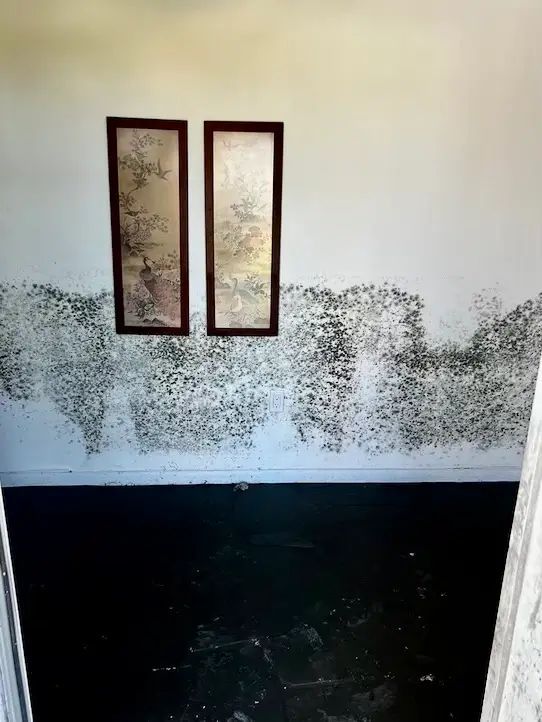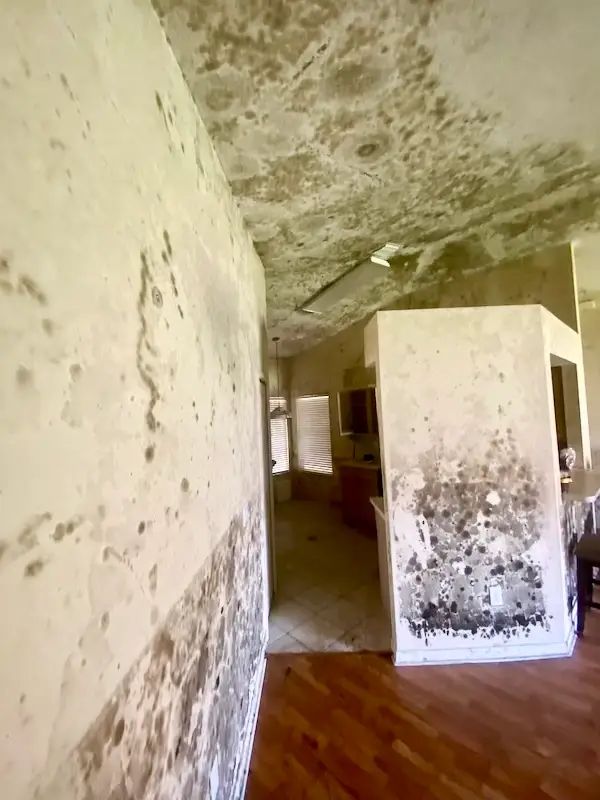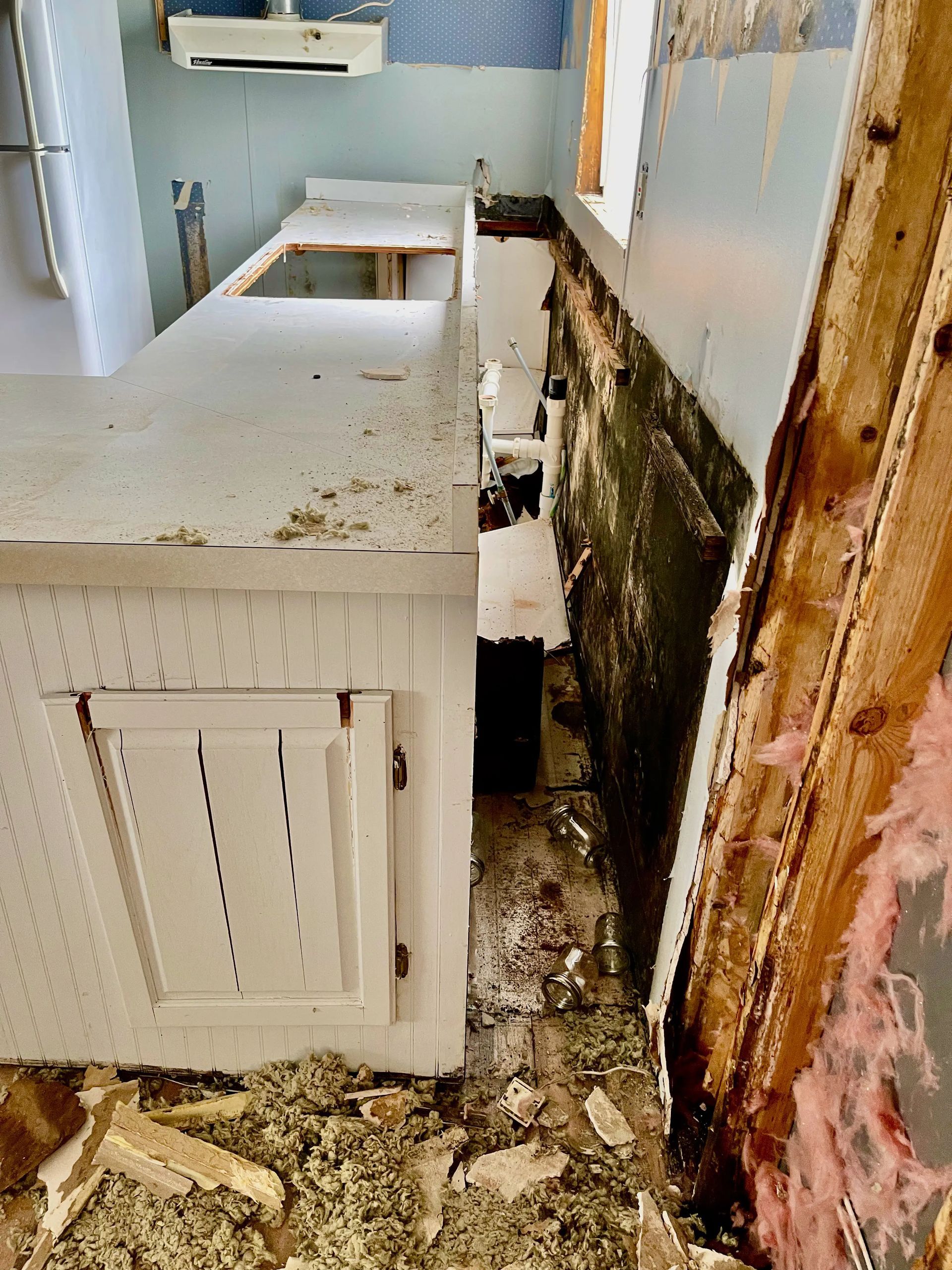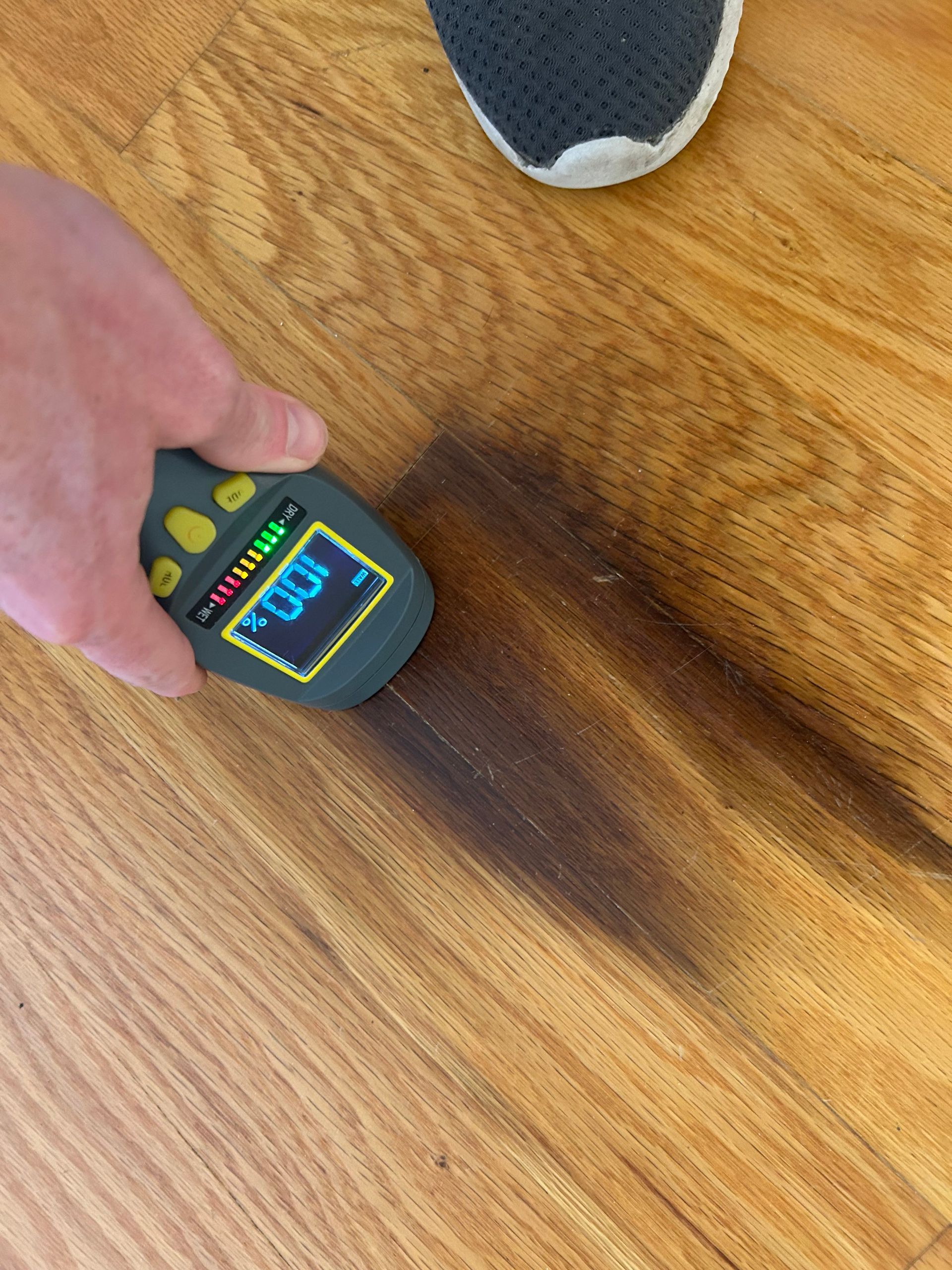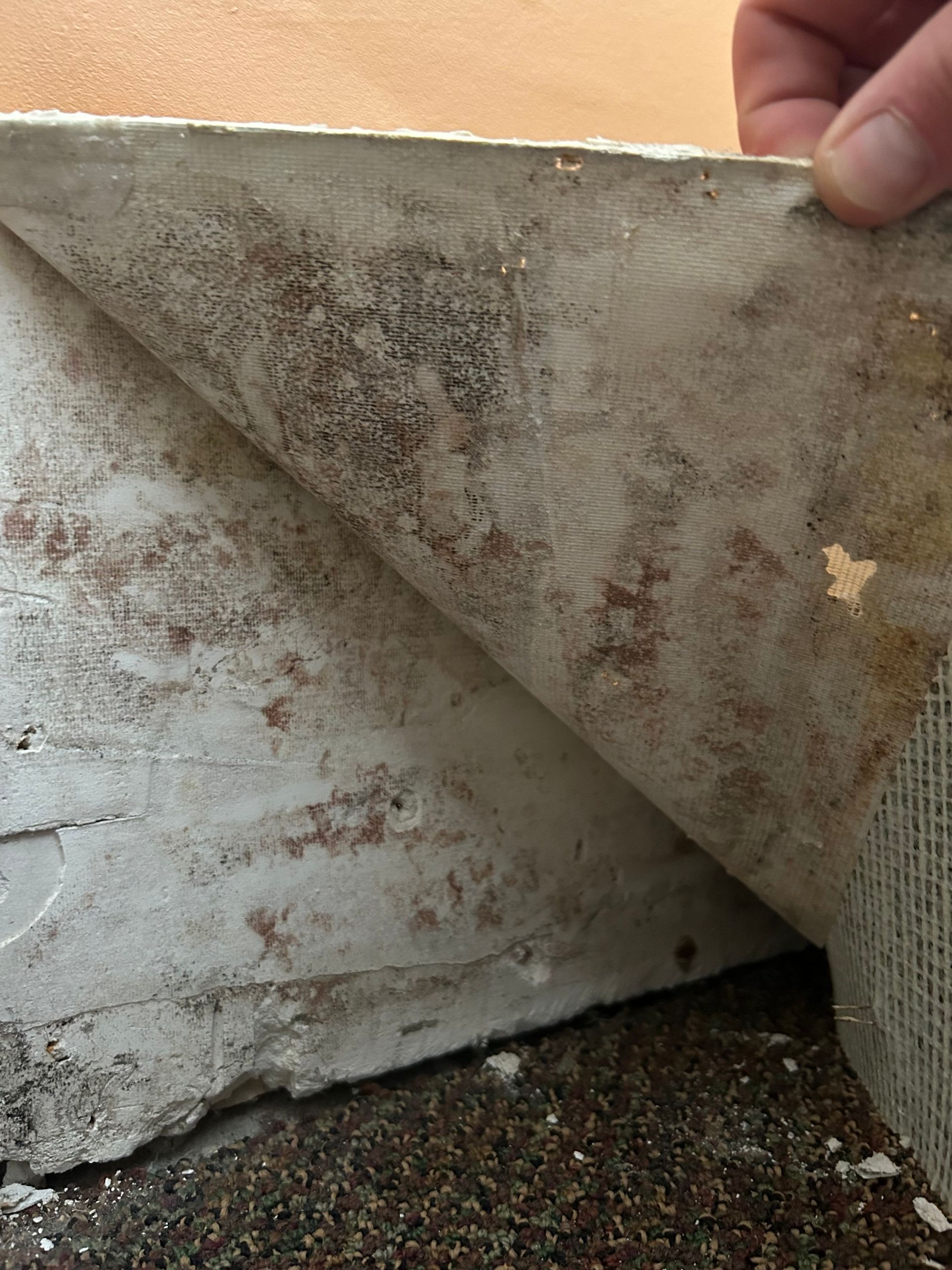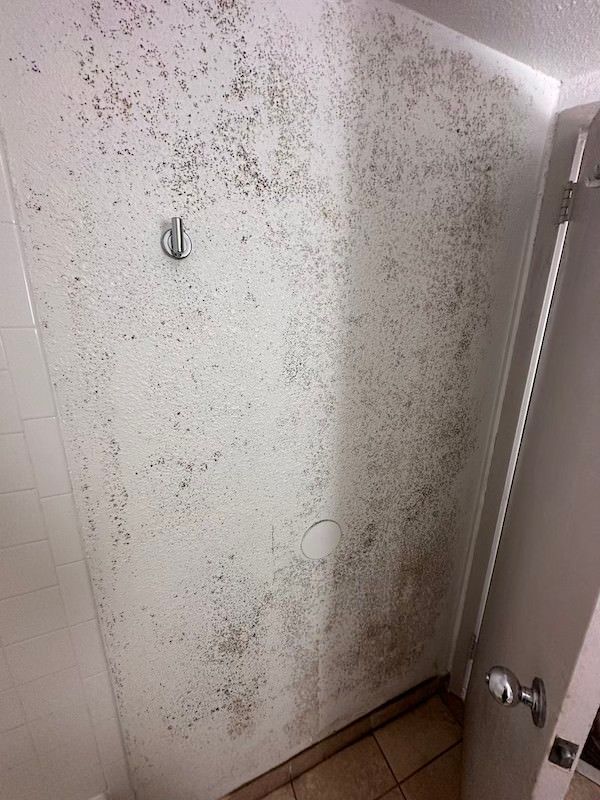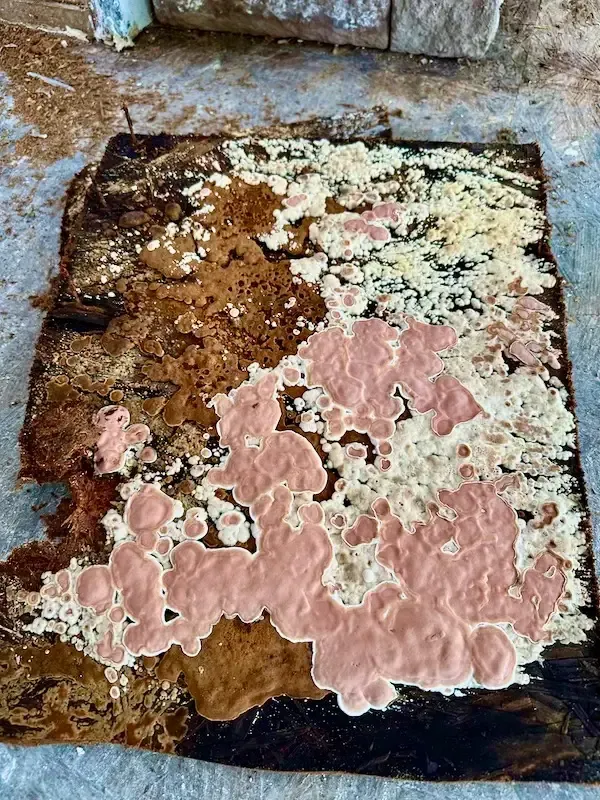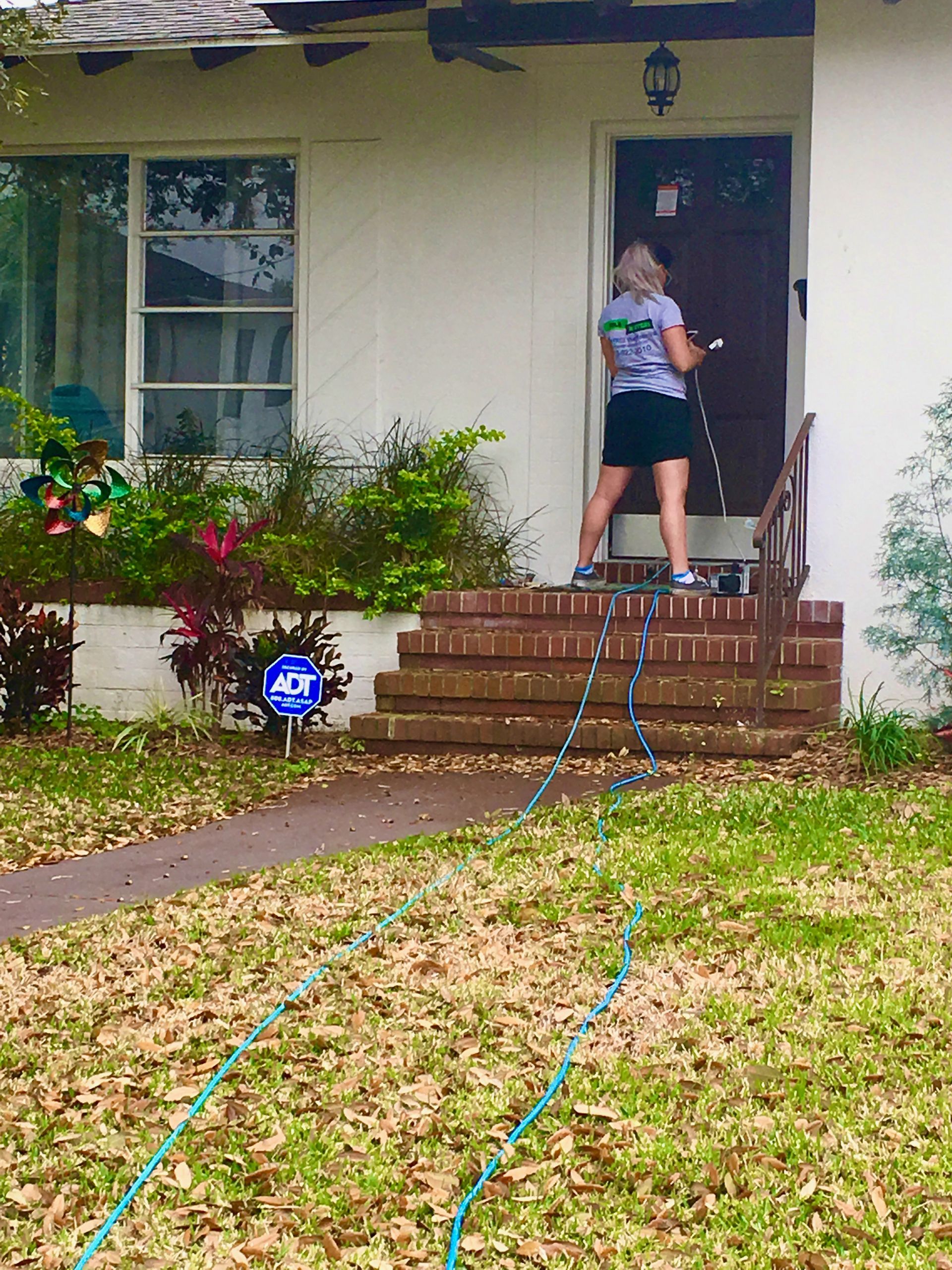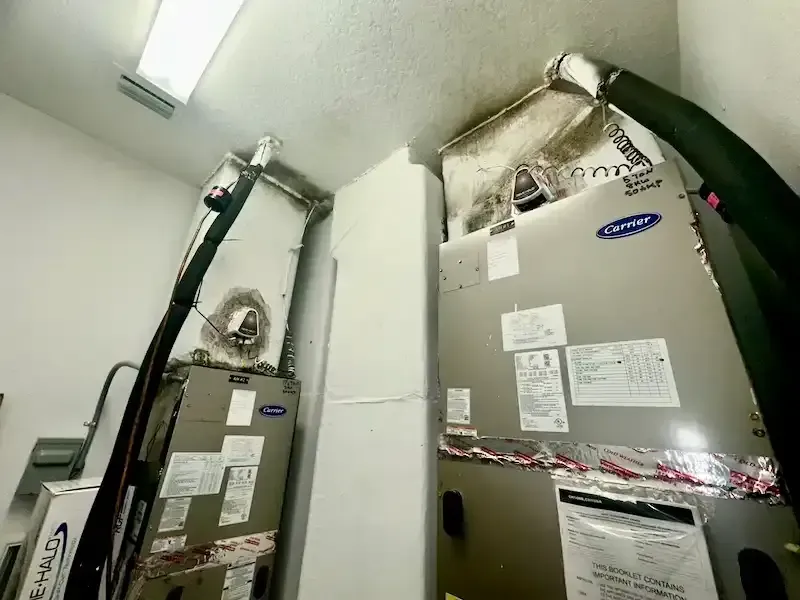🌫️🚫 Why Ozone Machines Won’t Kill Mold
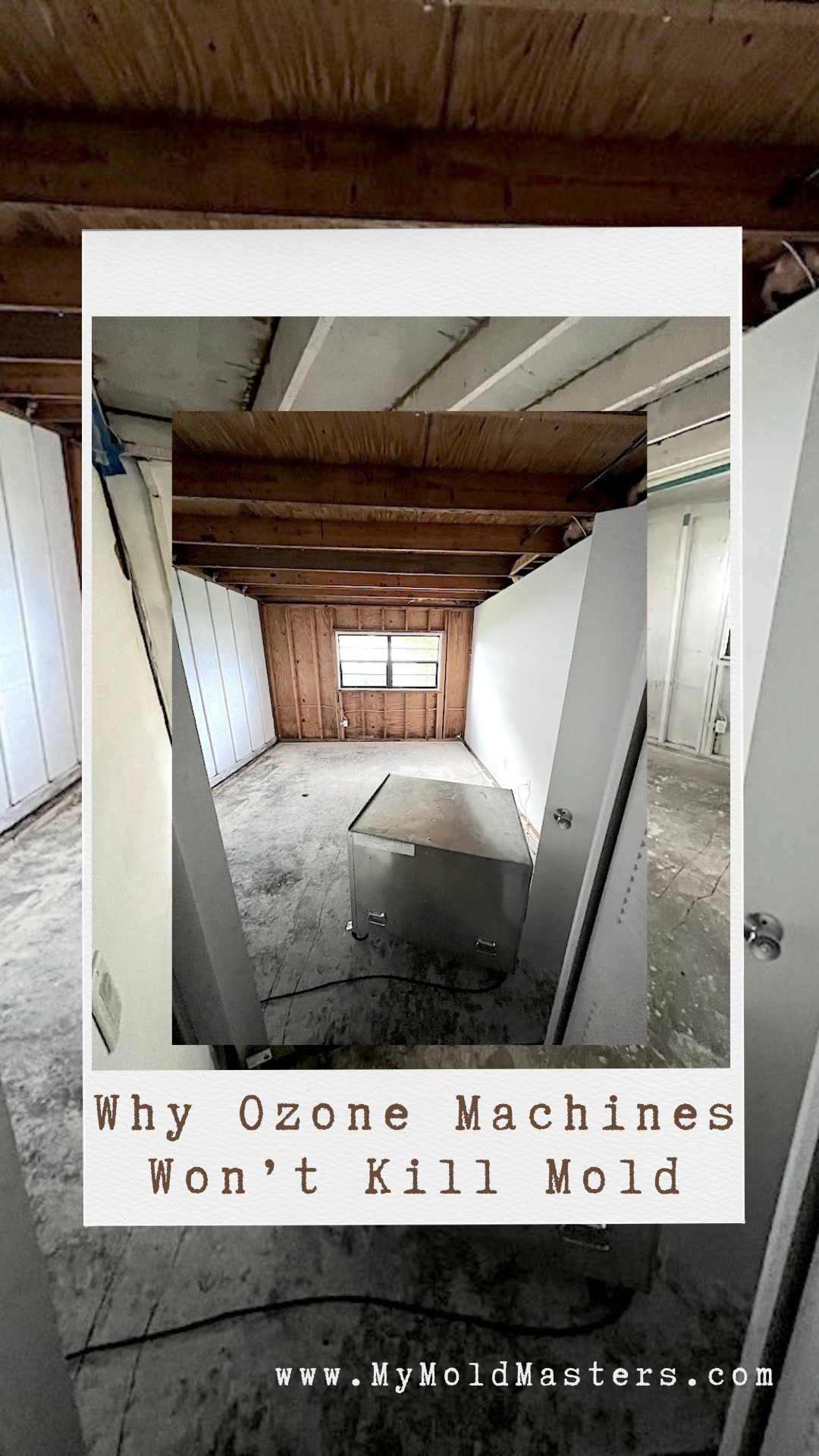
Why Ozone Machines Won't Kill Mold
Ozone machines have been touted as a solution for mold removal for years, but there are important limitations and risks associated with their use. Let’s dive into the details:
🌬️ What Is Ozone?
- Ozone (O₃) is a powerful oxidizing agent that has been used to kill germs , mold, and viruses. It also has been used as a strong deodorizer.
- Unlike breathable oxygen (O₂), which has two oxygen atoms, ozone has three atoms. This third oxygen atom can easily detach and react with other substances, altering their chemistry.
⚙️ How Do Ozone Generators Work?
- Ozone generators intentionally produce ozone and are marketed as air cleaners for homes.
- They create ozone by breaking apart oxygen molecules through processes like silent corona discharge or ultraviolet radiation.
- Ozone can combine with mold spores and cells, rendering them inactive.
🚫 Limitations of Ozone Machines
- Ozone does not penetrate walls, floors, or surfaces. It can only tackle airborne mold and surface mold.
- Mold is not just in the air; it grows deep into building materials and household items.
- Ozone won’t remove the mold spores it rendered inactive, nor will it kill hidden mold spores.
- Remediation (properly removing moldy materials) is still necessary after using ozone.
- Ozone will leave an odor that can last for days or weeks.
🩺 Health Risks of Ozone Exposure
- Ozone’s potency as an oxidant requires careful usage around humans and pets.
- Using ozone without addressing the root cause (such as moisture) can lead to recontamination.
- After using an ozone machine you should be out of the house for 12-24 hours. As stated above, they function by removing the oxygen out of the air. What is one of the most crucial things we need to survive? Oxygen!
- Exposure to ozone can cause: coughing, chest tightness, shortness of breath, impaired breathing, worsening asthma symptoms, permanent lung damage, increased risk of dying among persons already in poor health, eye, nose and throat irritation, headaches, dry throat, and fluid in the lungs. We’d much rather live with mold!
- As mentioned above, the ozone won’t remove the mold spores or their hyphal fragments, so it will not help the allergens that cause the hay fever like symptoms that occur with mold exposure.
✅ Chose Safer Mold Removal Options
🧽 Ozone may offer a temporary fix, but it’s not a long-term solution.
🧱 Water-damaged materials will continue to grow mold.
🤒 Ozone exposure can make you sick.
🛡️ Choose safe, organic, and effective mold remediation practices.
📞 Need Help with Mold?
Have you experienced:
🌧️ A roof leak?
❄️ An AC drain line clog?
👃 A musty or mildew smell?
You might have mold in your home! Don’t risk your health with ozone—reach out to us for safe and affordable solutions:
📍 North Florida: (904) 397-4030 📍 Central Florida: (813) 606-6668 📍 South Florida: (239) 961-9995

